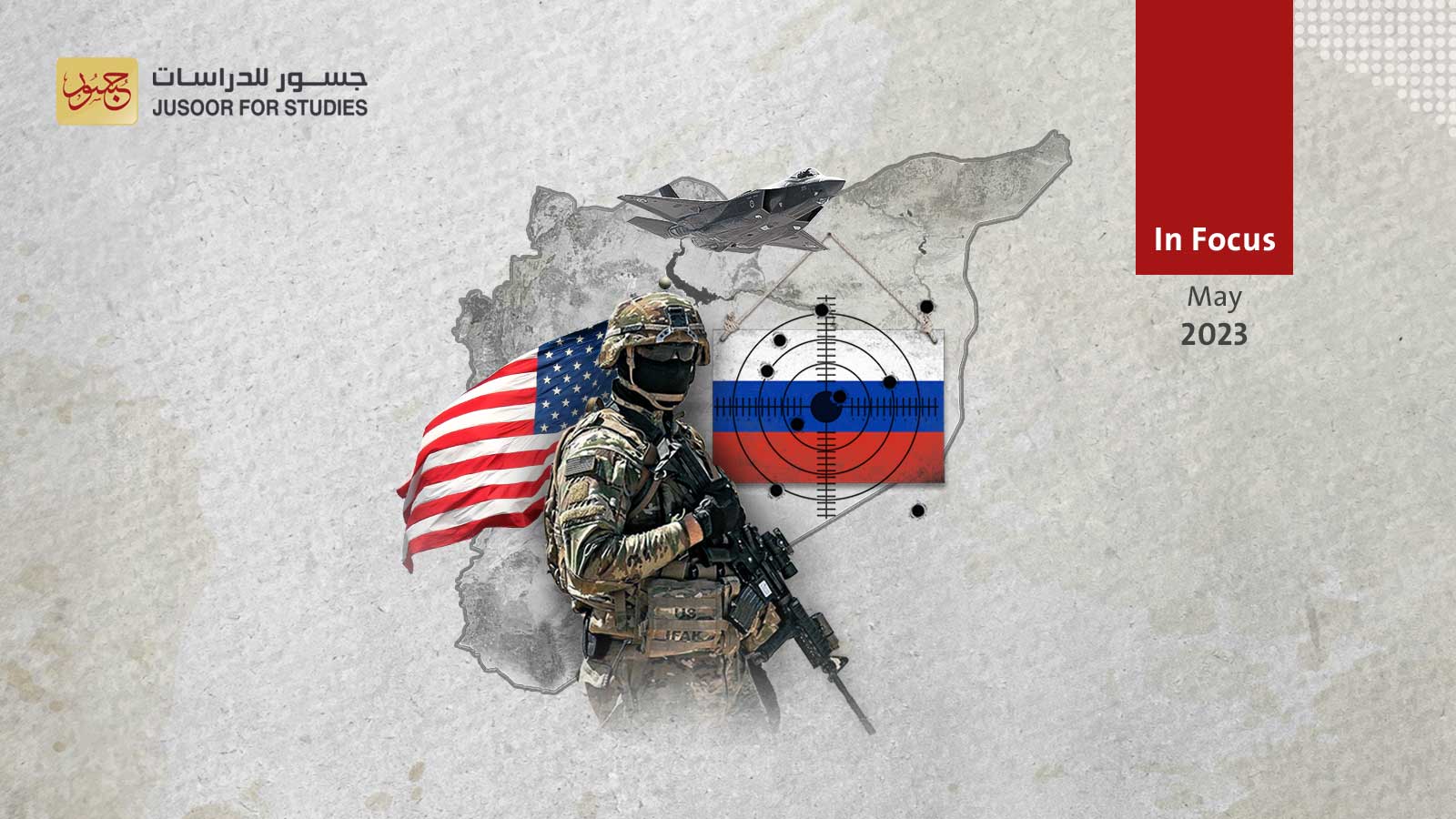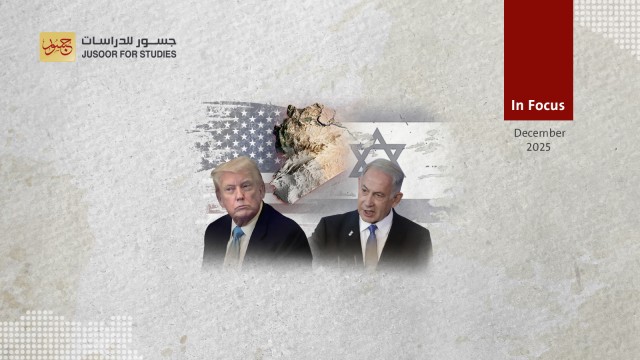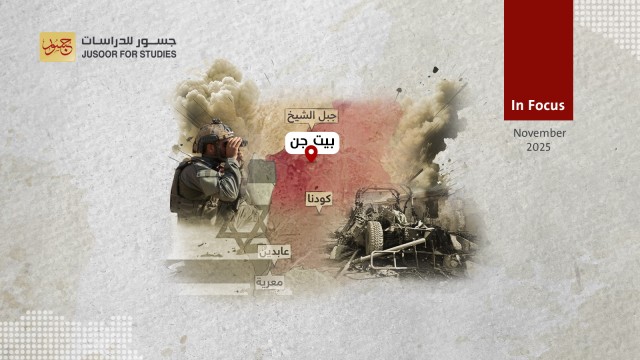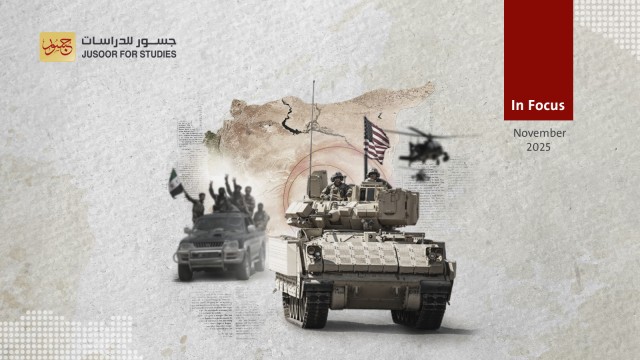US Military Actions in Syria Targeting Russian Forces
On March 22, 2023, Lt. Gen. Alexus G. Grynkewich, a commander for U.S. Central Command's Air Force, stated that “Russian jets flew over the two US bases in Syria – al-Tanf military base in the southeastern countryside region of Homs and al-Omar field – approximately 25 times this month, as opposed to zero times in February and 14 times in January.
Such an action described by the commander as violations of the deconfliction-line agreement signed between both sides in 2019.
“So, it's an uncomfortable situation,” Grynkewich told American news outlets, adding that this could impact counter-terrorism efforts in Syria.
Towards the end of the same month, Western media reports emerged regarding alleged Russian intelligence support for missile strikes carried out by Iranian militias against US military bases in Syria, such as the Al-Tanf base and the al-Omar oil field. Although there has been no confirmation or denial from either side regarding these reports, they appear plausible, particularly considering that Iranian militias lack the military and logistical capabilities to conduct the surveillance and field reconnaissance operations preceding the missile targeting of US sites. Therefore, it is not unlikely that the intensive Russian aerial reconnaissance over the US military bases is aimed at providing field surveillance and reconnaissance in support of Iranian militias.
As a result of Russian activities, the United States has carried out a series of military actions targeting the Russian forces in Syria, aiming at distracting and diverting the Russians’ attention while Moscow is facing a critical situation in Ukraine. The most prominent of these actions include:
- Increasing the presence and movements of US aircraft carriers and NATO forces in the Mediterranean with the aim of occupying all Russian forces in Syria, particularly monitoring and tracking the activities of the Russian Aerospace Forces stationed at the Hmeimim Air Base. This ensures reducing the opportunities and capabilities of this key base, as well as Russian forces in general, to monitor and track the activities of the US troops in the al-Tanf established 55-km de-confliction zone.
- Re-deploying US troops to Syrian areas from which they had withdrawn in 2019 due to the expansion of Russian forces. One of the prominent areas is the province of Raqqa, in which US forces have shown significant movement since the beginning of 2023. This is evident in the establishment of a US military base on the outskirts of the city in addition to the US efforts to form a local military faction composed of residents of the province that would be fully subordinate to the US-led International Coalition.
- The Danish military command announced in April of last year the withdrawal of its forces operating in both Syria and Iraq as part of the international coalition's mission against ISIS. Instead, they participated in the military exercises known as "Aurora 23" alongside 13 other countries, including the United States and Britain, involving 26,000 soldiers. The objective was to build joint military defense as part of NATO's review of its defense policies in Ukraine and its efforts to strengthen European military forces. This contribution aimed to bolster European forces against Russia in exchange for taking further deterrent measures against Russia in Syria and the Mediterranean.
In conclusion, it appears evident that the United States is working to disrupt the supposed intelligence cooperation between Russia and Iran in Syria. This coordination targets American presence and interests in the region. Simultaneously, the US continues to execute and plan military operations against Russia in Ukraine, while enhancing the capabilities of NATO member states, which perceive Russia as a threat. All of this is done in line with the principle of "distracting the forces," which is one of the primary combat methods used to undermine Russia's ability to advance its operations in Syria or Ukraine."








